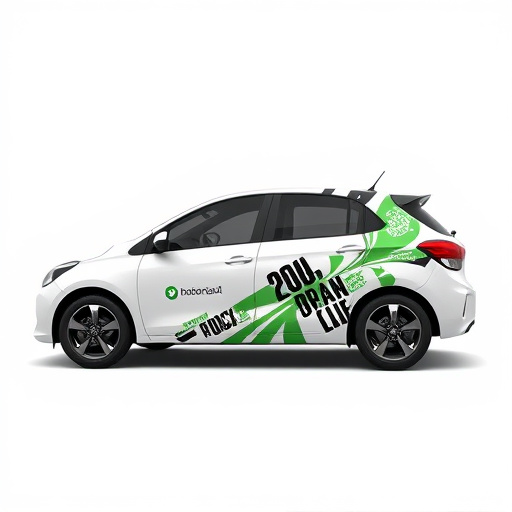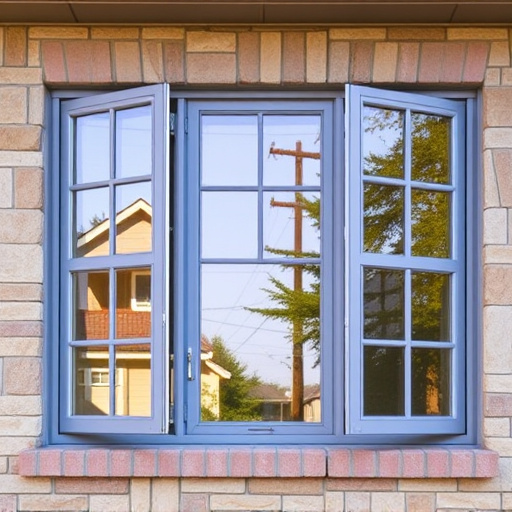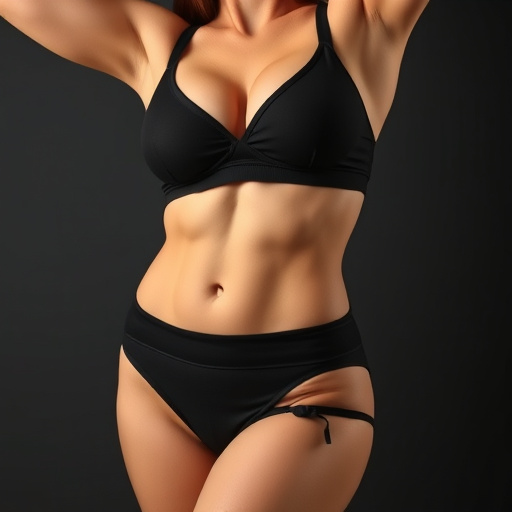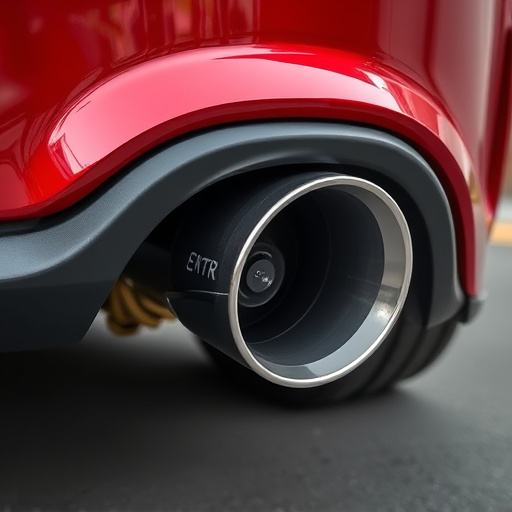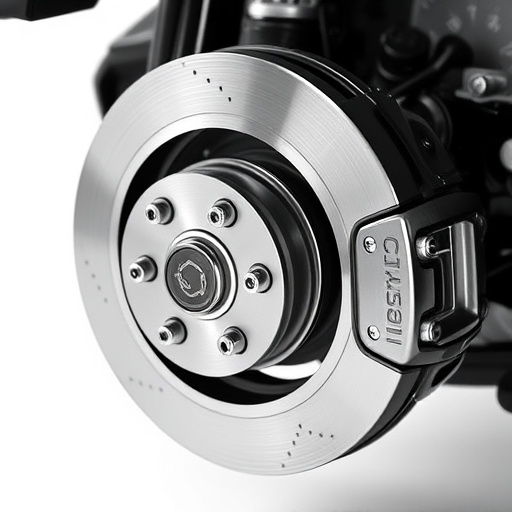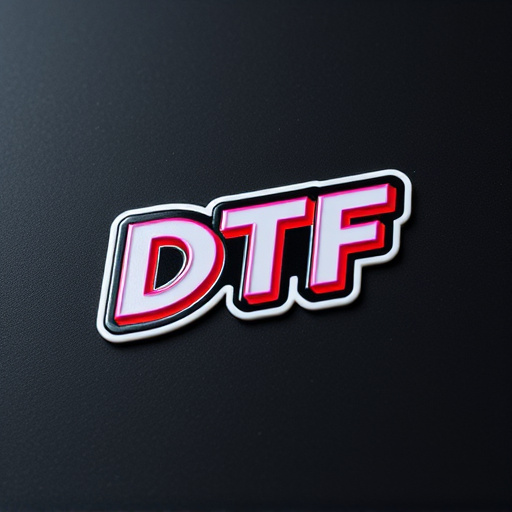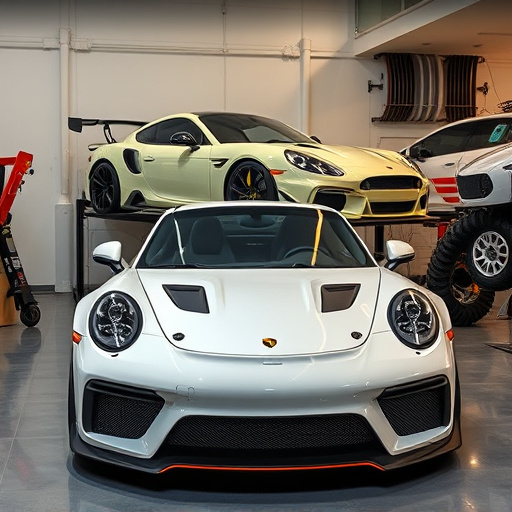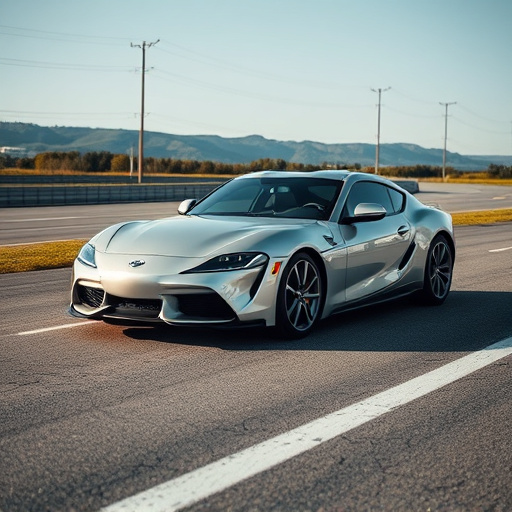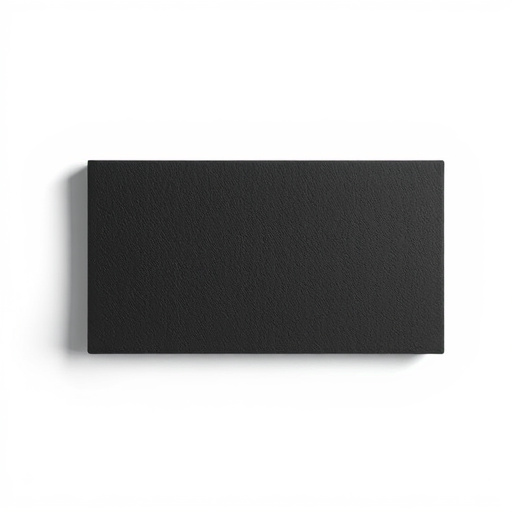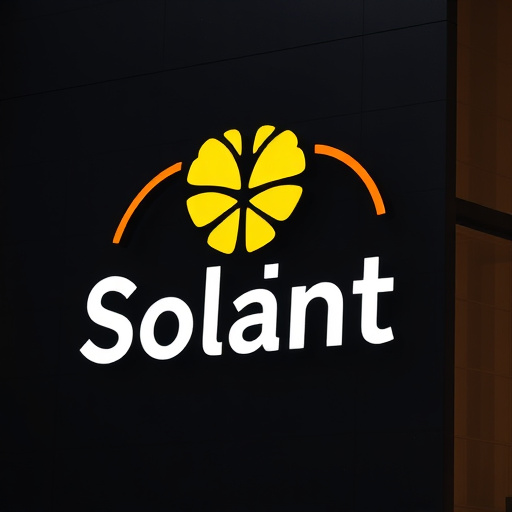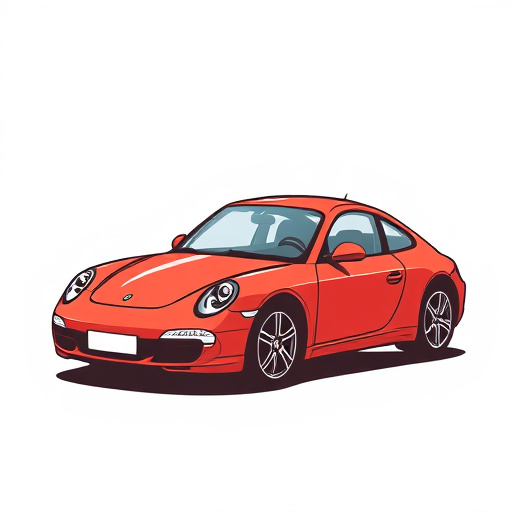Heat rejection tinting, a cutting-edge automotive and architectural technology, uses specialized coatings to absorb UV/IR rays, preventing heat build-up, fading, and structural degradation. It offers comfort, energy efficiency, and protection against environmental damage. Choosing the right tints for specific applications – from front windows to vehicle wraps – requires balancing UV protection, visibility, and aesthetics. For cars, ceramic window tinting provides advanced heat rejection; for homes, the ideal tint balances comfort, energy savings, and light transmission preferences.
Discover the transformative power of heat rejection tinting—a cutting-edge technology revolutionizing architecture and design. This innovative process goes beyond traditional window treatments by blocking harmful UV and infrared rays, offering both aesthetic appeal and substantial energy savings. By understanding the science behind its effectiveness and exploring its diverse applications, architects and designers can unlock a new level of comfort and sustainability in modern spaces.
- Understanding Heat Rejection Tinting: The Science Behind UV and Infrared Blockage
- Benefits of Implementing Heat Rejection Tinting in Architecture and Design
- Choosing the Right Heat Rejection Tints: Considerations for Different Applications and Environments
Understanding Heat Rejection Tinting: The Science Behind UV and Infrared Blockage
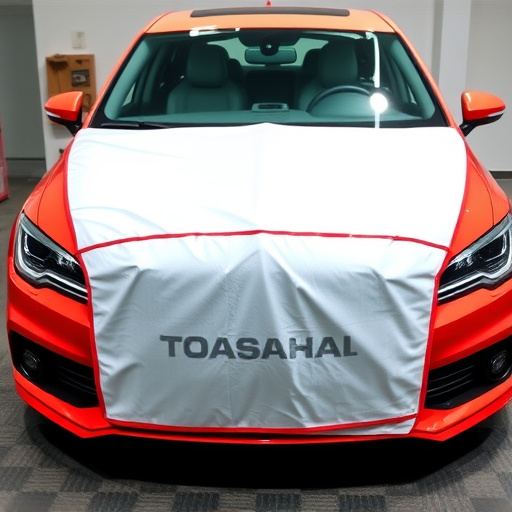
Heat rejection tinting is a technological marvel that goes beyond mere aesthetics in automotive detailing and paint correction. It’s a scientific approach to protecting surfaces from harmful UV and infrared rays, which are known for their damaging effects on materials. The science behind it involves specialized protective coatings designed to absorb, reflect, or transmit specific wavelengths of light, blocking the ones that can cause heat build-up, fading, and even structural degradation.
These protective coatings work by utilizing advanced chemical compounds that interact with sunlight. They absorb UV rays, known for their ability to fade paints and damage sensitive materials, while reflecting infrared radiation, which contributes significantly to heat rejection. This dual action not only keeps the interior of vehicles cooler during hot summers but also extends the lifespan of finishes, ensuring they remain vibrant and protected from the elements.
Benefits of Implementing Heat Rejection Tinting in Architecture and Design
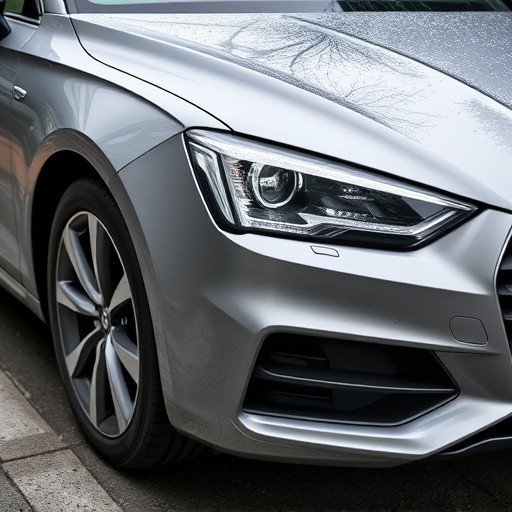
Implementing heat rejection tinting in architecture and design offers a multitude of benefits that extend far beyond simple aesthetics. By blocking both ultraviolet (UV) and infrared (IR) rays, these tints create a more comfortable indoor environment by reducing heat transfer from the sun. This is particularly advantageous for regions with hot climates, where maintaining a cool interior can significantly reduce energy consumption and enhance the overall sustainability of buildings.
Moreover, heat rejection tinting contributes to the preservation of interior furnishings and finishes by preventing harmful UV rays from causing fading or degradation. In addition, it provides privacy without sacrificing natural light, as these tints are designed to allow visible light passage while filtering out infrared heat. For custom vehicle wraps and car customization enthusiasts, heat rejection tinting is also valuable for maintaining the integrity of paint jobs, ensuring that meticulous paint correction efforts remain protected from the sun’s damaging effects.
Choosing the Right Heat Rejection Tints: Considerations for Different Applications and Environments
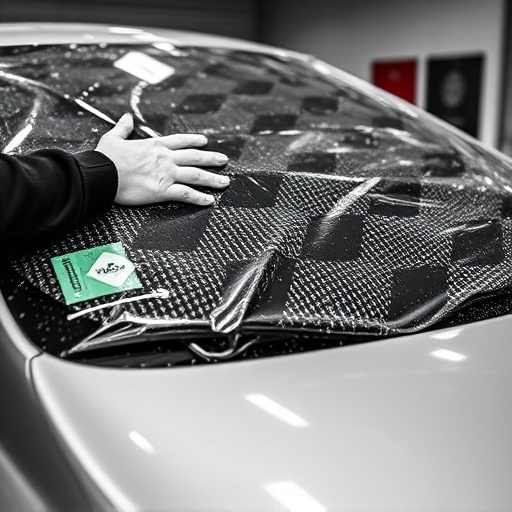
When it comes to choosing the right heat rejection tints, understanding your specific application and environment is key. Different windows in your home or vehicle have varying needs; for example, front windows require tints that offer maximum UV protection without obscuring visibility, while rear or side windows may prioritize heat reduction without significantly altering light transmission.
In the realm of automotive detailing, ceramic window tinting is a popular choice due to its ability to provide high-quality finishes and advanced heat rejection properties. These tints are designed to block both ultraviolet (UV) and infrared (IR) rays, keeping your vehicle cooler and reducing fading in interior materials. For residential applications, selecting the appropriate shade and type of tinting depends on factors such as climate, architectural design, and personal preferences for light transmission levels. Achieving the right balance ensures optimal comfort and energy efficiency without compromising on aesthetics or visibility.
Heat rejection tinting is a game-changer in modern architecture, offering an innovative solution to manage thermal comfort while reducing energy consumption. By understanding the science behind UV and infrared ray blockage, architects and designers can leverage the benefits of this technology to create sustainable and efficient spaces. The right choice of heat rejection tints allows for optimal performance tailored to specific applications and environments, ensuring a more comfortable and environmentally friendly built future.
